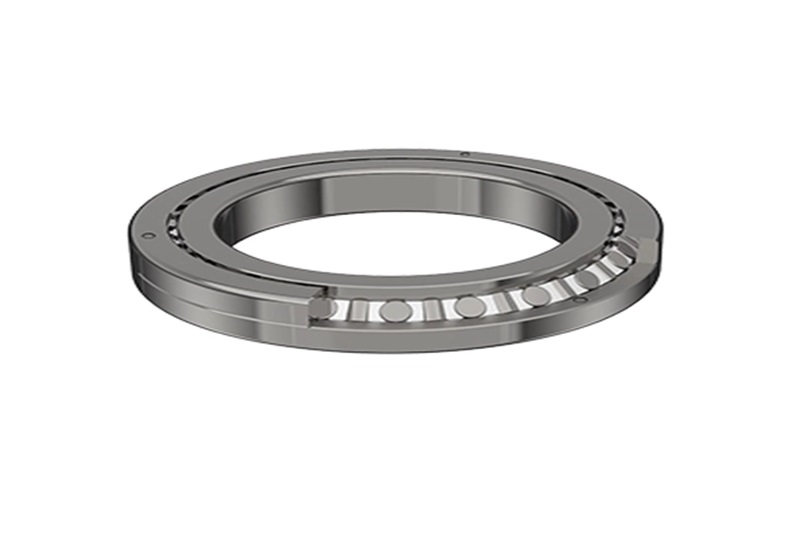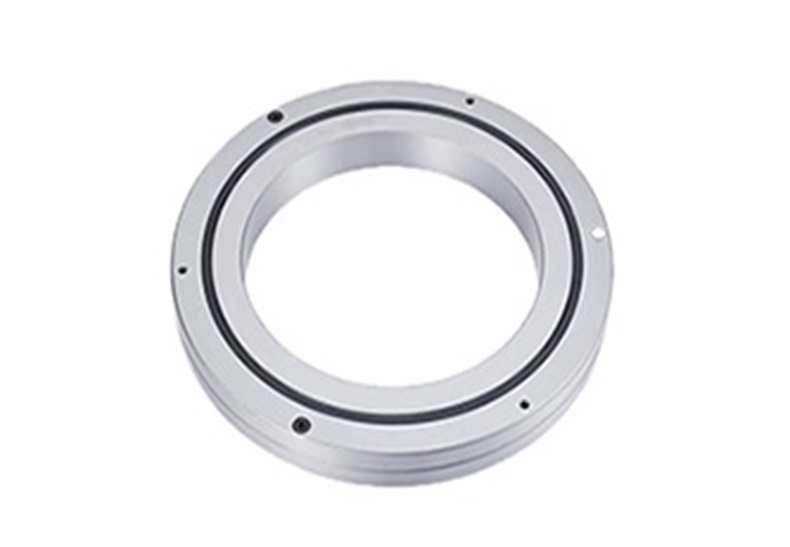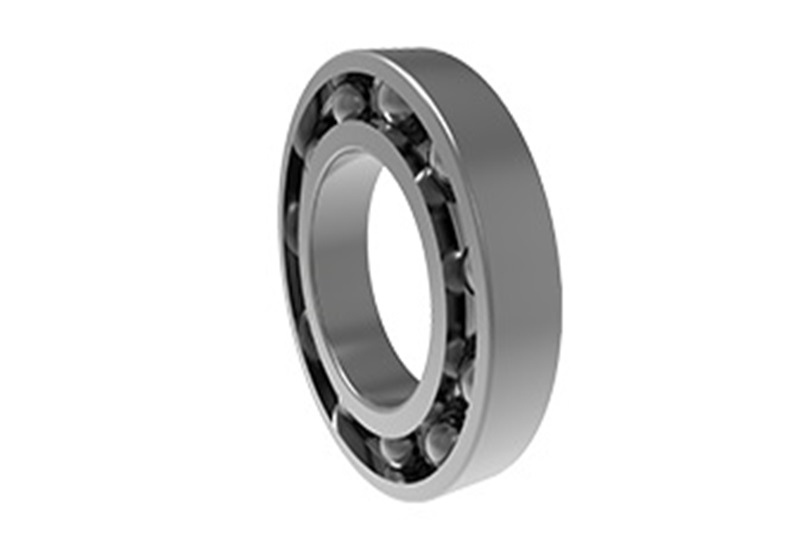How to Troubleshoot Common Issues with Cross Roller Bearings?
Cross roller bearings are integral components of various industrial applications, providing smooth movement, exceptional precision, and high load-bearing capacity. However, like all mechanical components, cross roller bearings can encounter issues that affect their performance. In this article, we will explore some common problems that can arise with cross roller bearings and discuss effective troubleshooting techniques to address them. Understanding these challenges and their solutions will help you ensure the optimal performance and durability of your cross roller bearings.
Identifying Common Issues with Cross Roller Bearings
Excessive Noise and Vibration
The most common issues experienced with cross roller bearings are excessive noise and vibration during operation. These symptoms can have various causes, such as incorrect installation, misalignment, or insufficient lubrication. Improper installation or incorrect alignment leads to uneven load distribution and increased friction, resulting in noise and vibration. Moreover, inadequate or contaminated lubrication can cause greater friction and create the same problems.
Premature Wear and Failure
Premature wear and failure of cross roller bearings can arise due to various factors. Common culprits include insufficient lubrication, excessive loads, or contamination. Insufficient lubrication increases friction and wears down the bearing surfaces, leading to premature failure. Similarly, excessive loads beyond the bearing's capacity can cause deformation and accelerated wear. Contaminants such as dust, dirt, or moisture can also cause abrasive wear, leading to the deterioration of the bearing components.
Troubleshooting Techniques for Cross Roller Bearings
Proper Installation and Alignment
To address excessive noise and vibration, it is crucial to ensure proper installation and alignment of cross roller bearings. Follow the manufacturer's guidelines carefully during installation, ensuring that the bearings are securely and correctly seated. For smooth operation, it is essential to align the bearing with the mating components, such as shafts or housing, and enable uniform load distribution. Adequate alignment with precise tools and techniques can mitigate noise and vibration issues.
Adequate Lubrication and Maintenance
Proper lubrication is essential for the smooth functioning and longevity of cross roller bearings. Regularly inspect the lubrication levels and replenish as necessary. Ensure that the lubricant used is suitable for the operating conditions and meets the manufacturer's recommendations. Cleanliness is also crucial, as contaminants can lead to premature wear and failure. Regularly inspect and clean the bearing housing and surrounding areas to prevent the ingress of dirt, dust, or moisture.
Load Analysis and Limitation
Understanding and analyzing the loads applied to the cross roller bearings is vital to avoid premature wear and failure. Ensure that the loads fall within the bearing's capacity and make necessary adjustments if required. If the loads exceed the bearing's capacity, consider using larger or more robust bearings to handle the anticipated loads effectively. Additionally, implementing load-sharing techniques, such as incorporating multiple bearings or using additional support structures, can help distribute the loads evenly and extend the bearing's lifespan.
Regular Inspections and Maintenance
Regular inspections and maintenance are critical for detecting and addressing potential issues with cross roller bearings before they escalate. Periodically check the bearings for signs of wear, damage, or contamination. Look for abnormalities, such as pitting, discoloration, or uneven wear patterns. Take immediate corrective measures, such as cleaning, lubricating, or replacing the bearings as necessary, if any issues are identified. Establish a maintenance schedule and adhere to it to ensure ongoing performance and reliability of the cross roller bearings.
Cross roller bearings are crucial components in industrial applications, providing smooth movement, precision, and load-bearing capabilities. However, they can experience common issues that impact their performance and lifespan. By identifying problems such as excessive noise, vibration, premature wear, and failure and implementing appropriate troubleshooting techniques, you can overcome these challenges effectively. Proper installation, alignment, lubrication, load analysis, and regular maintenance are the key factors to ensure optimal performance and longevity of cross roller bearings. By addressing these issues promptly and proactively, you can maximize the efficiency and reliability of your industrial machinery.














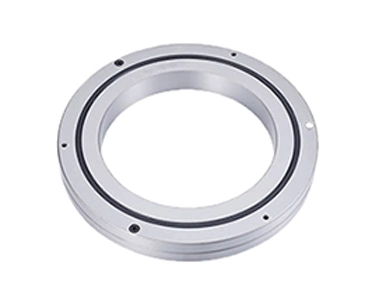
 English
English  français
français  Deutsch
Deutsch  italiano
italiano 



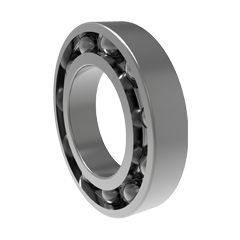
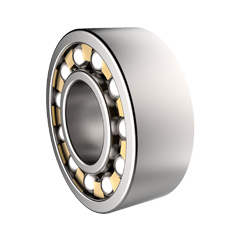
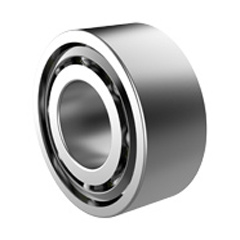
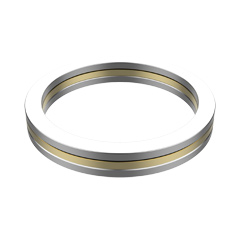
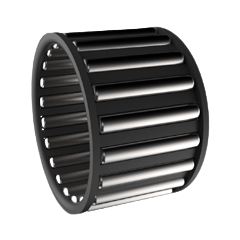
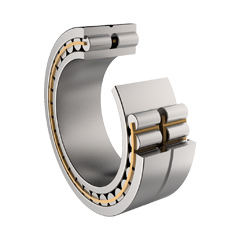
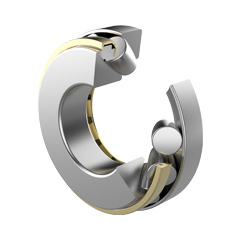
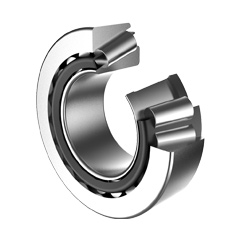
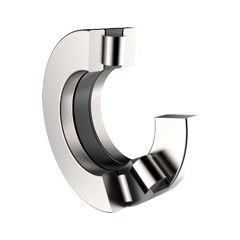
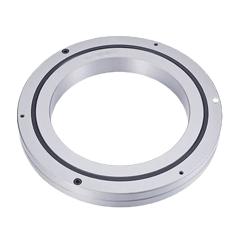
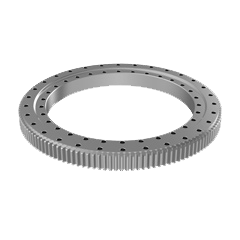

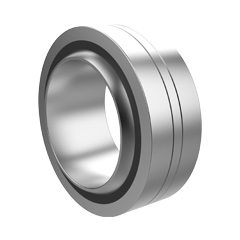

 English
English  français
français  Deutsch
Deutsch  italiano
italiano 

